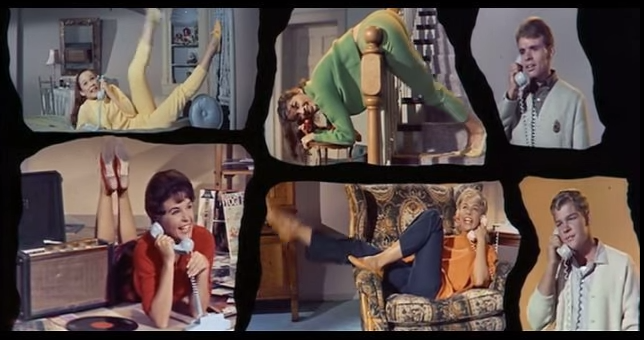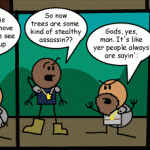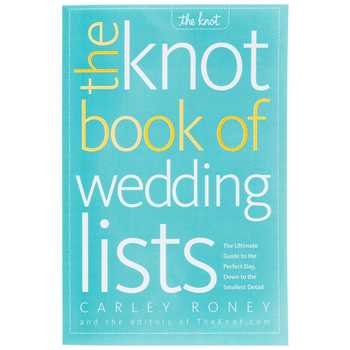In the midst of delivering a well-deserved rebuttal to extreme courtship culture, Thomas Umstattd mentions a model of dating/courting that I’d like to be able to try out. He asked his grandmother to describe her dating experience, and she explained that her parents had only set one major restriction on her interactions with suitors:
The One Dating Rule: Don’t go out with the same guy twice in a row.
So if she went out for soda with Bob on Tuesday, she had to go to a movie with Bill on Thursday before she could go to the school dance with Bob on Saturday.
That sounded crazy to me. So, I asked her the rationale behind it. She explained that the lack of exclusivity helped them guard their hearts and kept things from getting too serious too quickly. The lack of exclusivity kept the interactions fun and casual. “The guys wouldn’t even want to kiss you!” She said.
The lack of exclusivity helped the girls guard their hearts and kept the boys from feeling entitled to the girl. How could a boy have a claim to her time, heart or body if she was going out with someone else later that week?
She went on to explain that by the time she graduated from high school, she had gone out on dates with over 20 different guys. This meant that by the time she was 17 years old she knew which Bob she wanted to marry. They got married and stayed married till my grandfather passed away half a century later.
…She went on to explain that there used to be a linguistic differentiation between “dating” and “going steady”. “Going steady” meant you were going out with the same person multiple times in a row. It often had symbols like the girl wearing the guy’s letter jacket. This telegraphed to everyone at school that she was “off the market” and that she had a “steady beau”.
Personally, I’d have a much easier time asking people out within this kind of culture than I do now, where it feels like asking someone out involves an implicit promise that you really do want to go out with them over the long haul — that you’ve already made up your mind and that you’re waiting to see if your inamorata will opt-in. Because open “Would you like to go on a date with me?” requests are rare, they do feel like they have the weight of “Would you like to go steady?” and that the old category of dating that Umstattd describes has vanished altogether.
While Umstattd’s friends did away with dating and basically became full-out engaged on the recommendation of their parents, some of my peers seem to have cobbled together a substitute for the casual, getting-to-know-you process that Umstattd’s grandmother describes. However, it tends to involve a whole lot less drive-in movie and a whole lot more whatever might be taking place in the backseat.
In high school, I remember asking friends in the newspaper office about the genesis of the couples that, as far as I could tell, sprung into existence as suddenly and sourcelessly as Athena. For the most part, the answers I got all sounded pretty much like “They got drunk and hooked up a couple times, and then decided that they wanted to go out.”
This covers the low-stakes, plenty of people criteria that Umstattd describes, but, even if Catholicism didn’t have pretty strong views on premarital sex, it’s not the way I want to get to know people. When I’ve tried to arrange online dates, I’ve gone with theatre outings, with the plans that we’d have a fertile topic for conversation afterwards.
I feel ok about asking strangers out for that kind of evening, but I’d be pretty reluctant to ask a romantically compatible friend, since, in the absence of a dating culture, it feels just plain portentous. If I haven’t made up my mind about whether I’d like to move to the go steady phase, it doesn’t feel ok to ask someone out on a date, since I expect they’ll experience the invitation as more serious than I mean it. Strangers can’t make that mistake, so online dating is easier to do (but hard to succeed at).
Though, now that Umstattd has written this essay, I suppose, in addition to passing someone a note that says “Would you like to see Macbeth with me? Circle one: Yes/No” I could add “This is meant as a dating action, not going steady, please see attached article” and just staple on a copy of the piece.
Other, less ludicrous approaches welcome in the comments.
And finally, for those of you who have been waiting the whole post to make sure I included this:

















